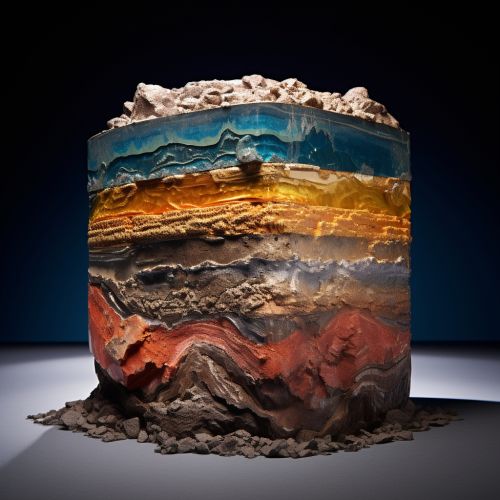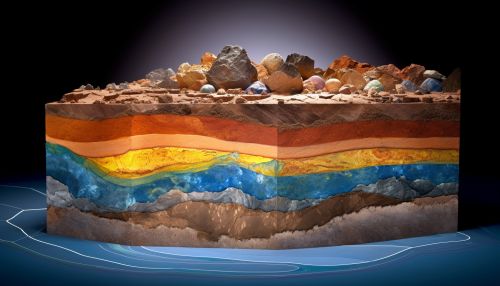The Science of Earths Lithosphere and Continental Drift
Introduction
The lithosphere is the rigid, outermost shell of a terrestrial-type planet or natural satellite that is defined by its rigid mechanical properties. On Earth, it comprises the crust and the portion of the uppermost mantle that behaves elastically on time scales of thousands of years or greater. The lithosphere is subdivided into tectonic plates. The uppermost part of the lithosphere that chemically reacts to the atmosphere, hydrosphere, and biosphere through the soil-forming process is called the pedosphere.
Structure of the Lithosphere
The Earth's lithosphere is composed of seven large tectonic plates and many smaller ones. The lithosphere has a thickness of about 60-200 kilometers, with the thickest parts being the oldest. The lithosphere below the crust is brittle enough at some locations to produce earthquakes by faulting, such as within a subducted oceanic plate.


Continental Drift
Continental drift is the theory that the Earth's continents have moved over geologic time relative to each other, thus appearing to have "drifted" across the ocean bed. The speculation that continents might have 'drifted' was first put forward by Abraham Ortelius in 1596. The concept was independently and more fully developed by Alfred Wegener in 1912, but his theory was rejected by many for lack of any motive mechanism. Arthur Holmes later proposed mantle convection for that mechanism. The idea of continental drift has been subsumed by the theory of Plate tectonics, which explains how the continents move.
Evidence for Continental Drift
There is a wide range of natural phenomena that are explained much more satisfactorily by the theory of plate tectonics than by any other explanation:
1. The matching of continents (e.g., Africa and South America) 2. The distribution of fossils 3. The distribution of rock sequences 4. The distribution of ancient climatic belts
Plate Tectonics
Plate tectonics is the theory that Earth's outer shell is divided into several plates that glide over the mantle, the rocky inner layer above the core. The plates act like a hard and rigid shell compared to Earth's mantle. This strong outer layer is called the lithosphere.
Mechanism of Plate Movements
The driving force behind plate tectonics is convection in the mantle. Hot material near the Earth's core rises, and colder mantle rock sinks. This creates convection currents which drive plate movement.
Effects of Plate Tectonics
Plate tectonics is responsible for shaping the earth's landscapes and seascapes. Mountain ranges, volcanoes, earthquakes, and deep-sea trenches occur primarily along plate boundaries.
Conclusion
The science of Earth's lithosphere and continental drift is a vast and complex field that continues to evolve as new discoveries are made. Understanding these processes is crucial to our understanding of Earth's past, present, and future.
